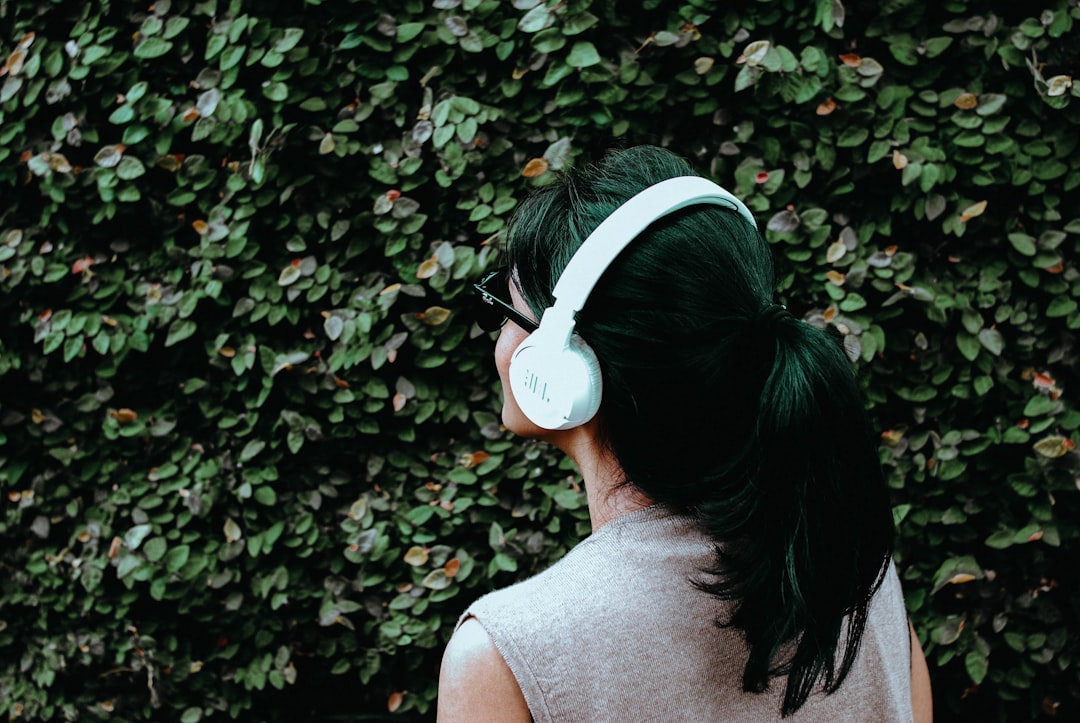What is it about?
Many LGBT tourists have feelings of stress, discomfort, anxiety, and worry, related mostly to how their sexuality would be perceived while travelling. A lot of negative emotions were appearance-related, in particular, associated with the fact that they might appear as “strange” or “not normal” when travelling. Transgender tourists, in particular, are concerned about a potential hate crime when they are on holidays. Going through airport security and immigration, wearing makeup, and going to the toilets, these regular activities are considered extremely stressful for transgender tourists. Participants in the research also shared their unpleasant experiences in the heteronormative holiday space. Many are about physical and verbal discrimination and harassment by locals, other tourists and occasionally, local authorities. Participants feel particularly threatened by single, heterosexual men, particularly in groups, and if they are loud or drunk. These perceptions toward straight men and their view on heteronormativity while travelling are largely determined by past negative interpersonal experiences and reflections.
Featured Image

Photo by daniel james on Unsplash
Why is it important?
Measures should be taken to protect LGBT tourists’ mental and physical health from major risk factors. We need to constantly question the heteronormative behaviour, perceptions, and values and co-create a more inclusive, welcoming, and stress-free host community for LGBT travellers. We urge a transformation of the traditional LGBT tour operators and gay-friendly haven, which are often seen as too sexualised by the community. By offering wider activities and services, these LGBT operators and queer space not only functions as a vehicle of change to transform the relationship between LGBT tourists and others (other straight tourists and locals), but also provide a safer and better experience for LGBT tourists.
Read the Original
This page is a summary of: A Queer Perspective on Heteronormativity for LGBT Travelers, Journal of Travel Research, November 2020, SAGE Publications,
DOI: 10.1177/0047287520967763.
You can read the full text:
Resources
Contributors
The following have contributed to this page










